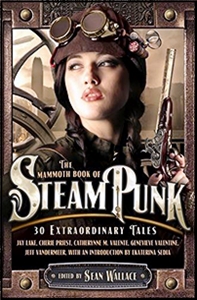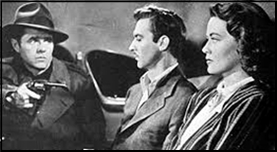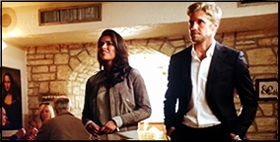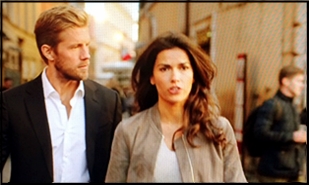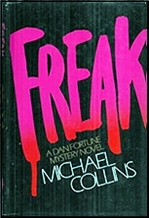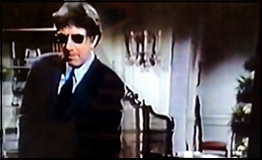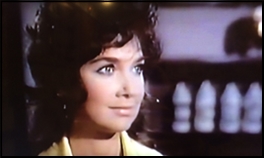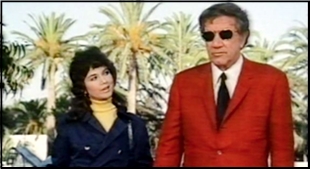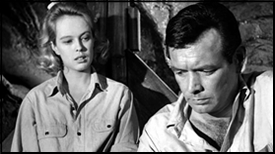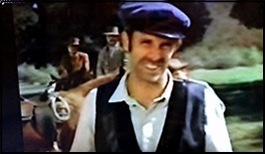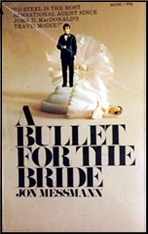Sat 17 Oct 2020
SF/Steampunk Stories I’m Reading: JEFF VanderMEER “Fixing Hanover.â€
Posted by Steve under Science Fiction & Fantasy[4] Comments
JEFF VanderMEER “Fixing Hanover.†Short story. First published in Extraordinary Engines: The Definitive Steampunk Anthology, edited by Nick Gevers (Solaris, paperback, 2008). Collected in The Third Bear (Tachyon, softcover, 2010). Reprinted several times, including: The Best Science Fiction and Fantasy of the Year: Volume Three, edited by Jonathan Strahan (Night Shade Books, softcover, 2009); Year’s Best SF 14, edited by Kathryn Cramer & David G. Hartwell (Eos, softcover, 2009); The Year’s Best Science Fiction & Fantasy, 2009 Edition, edited by Rich Horton (Prime Books, softcover, 2010); The Mammoth Book of Steampunk, edited by Sean Wallace (Running Press, softcover, 2012).
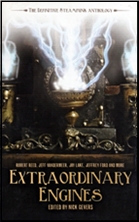
Whew. Look at those credits. I knew this story was good as soon as I read it, but it’s a nice feeling to know that other people have thought it a good one, too. As far as what “steampunk†is, as a particular sub-genre of both science fiction and fantasy, here’s a description taken from Wikipedia, cut down to as short as I can make it. “Steampunk is a retrofuturistic subgenre of science fiction that incorporates technology and aesthetic designs inspired by 19th-century industrial steam-powered machinery […] Steampunk works are often set in an alternative history of the Victorian era or the American “Wild West”, where steam power remains in mainstream use, or in a fantasy world that similarly employs steam power. [Stories may include] presentations of such technology as steam cannons, lighter-than-air airships, analog computers, or such digital mechanical computers as Charles Babbage’s Analytical Engine.â€

I’ve generally found steampunk novels tough going – they seem to focus more on the “technology†than on the people in them – but in shorter form, that’s a lot less so, and Jeff VanderMeer’s story is especially good in both regards. The hero of the tale is a man who has made a home for himself fixing things in a small enclave of survivors of the latest cataclysmic end of civilization, presumably this planet.
His latest challenge is a strange metal contraption shaped vaguely like a man, filled with wires, bulbs, gears and lots of other unknown parts. Can he put it back together and make it work again? Blake, the former lover of Lady Salt, who is now the close companion of the fixer, insists he do so. But should he? There is a nascent Empire rising again in the distance, but more importantly, perhaps, the romantic tensions in this all-too-human triangle are as important as the right or wrongness of his decision.
As I said up above, this is a good one.
